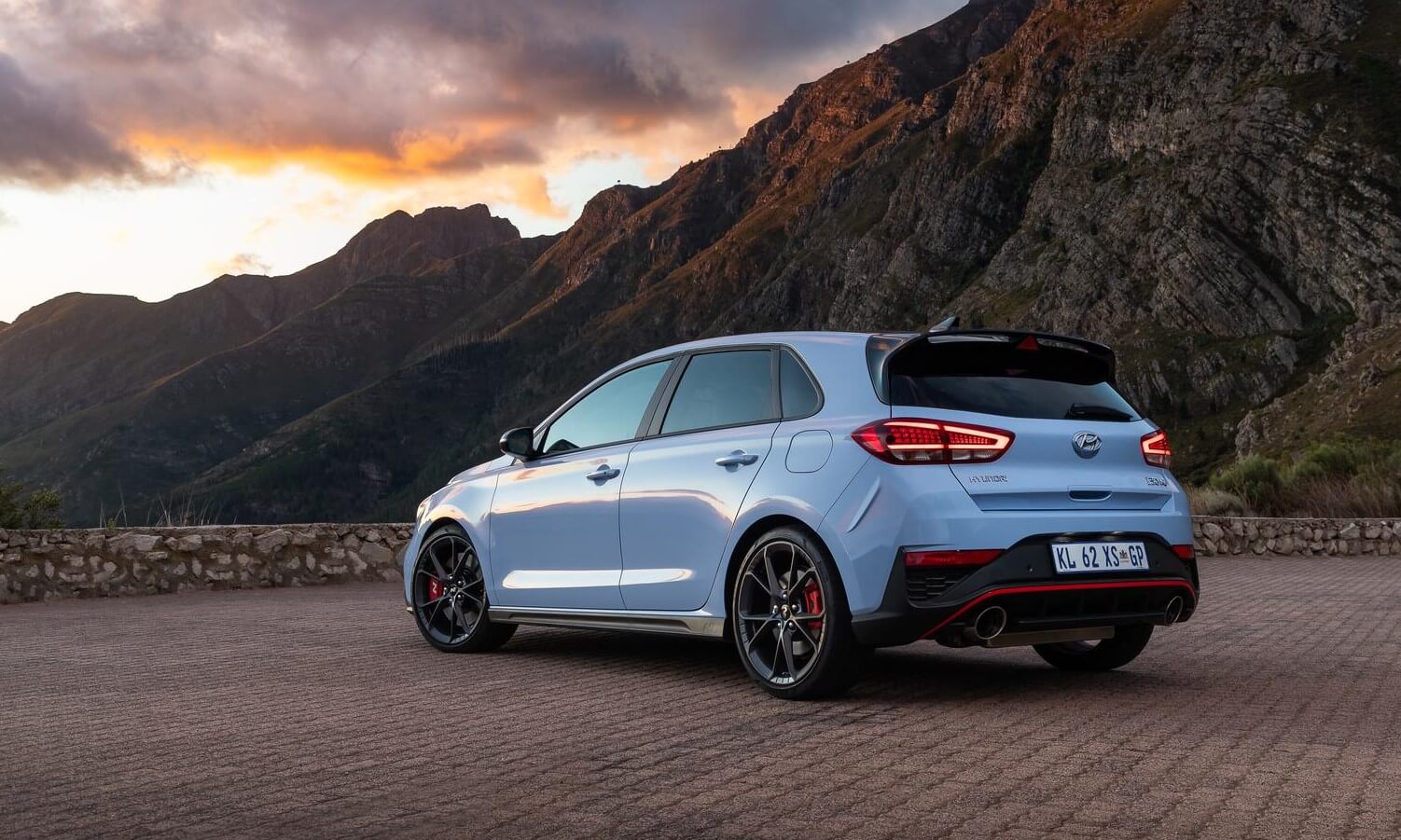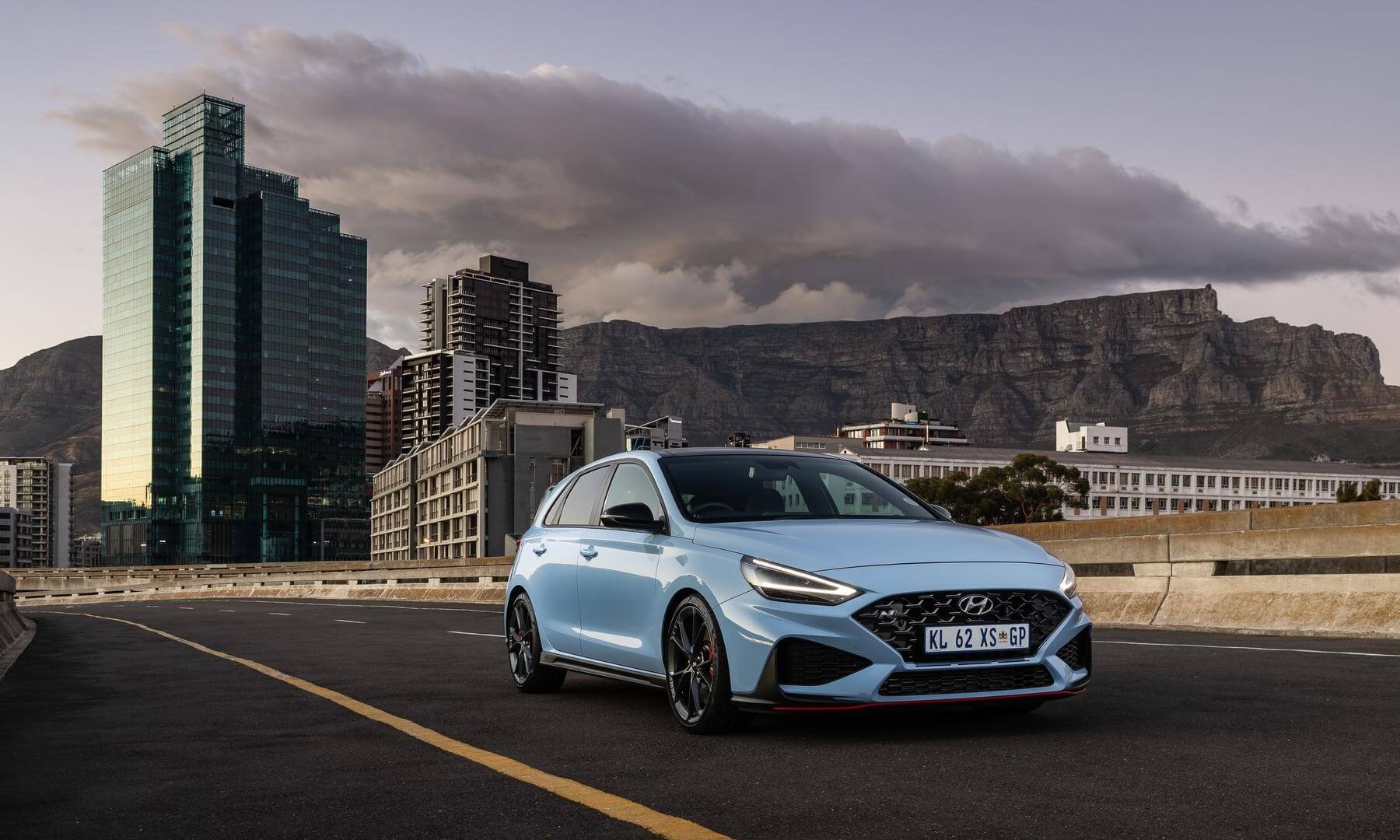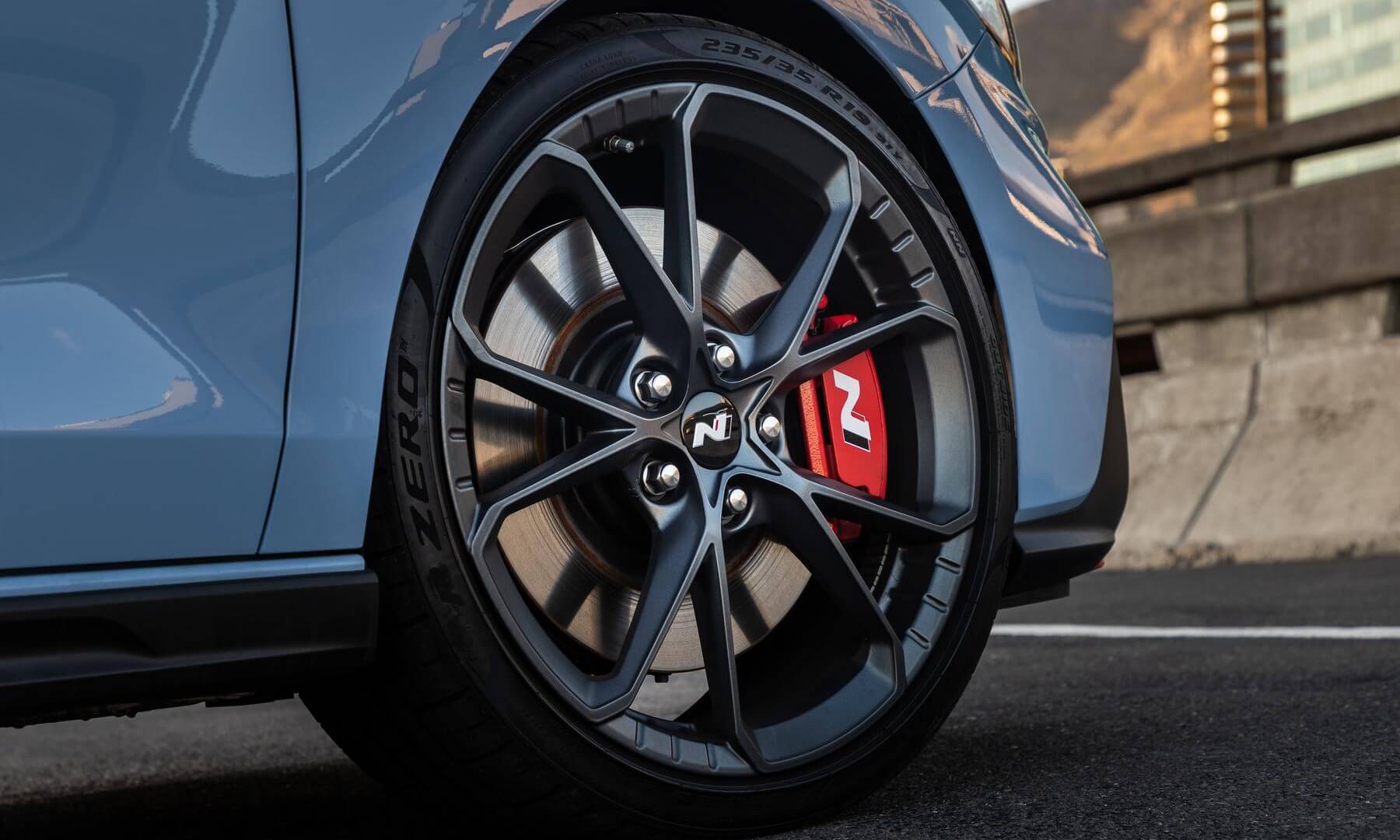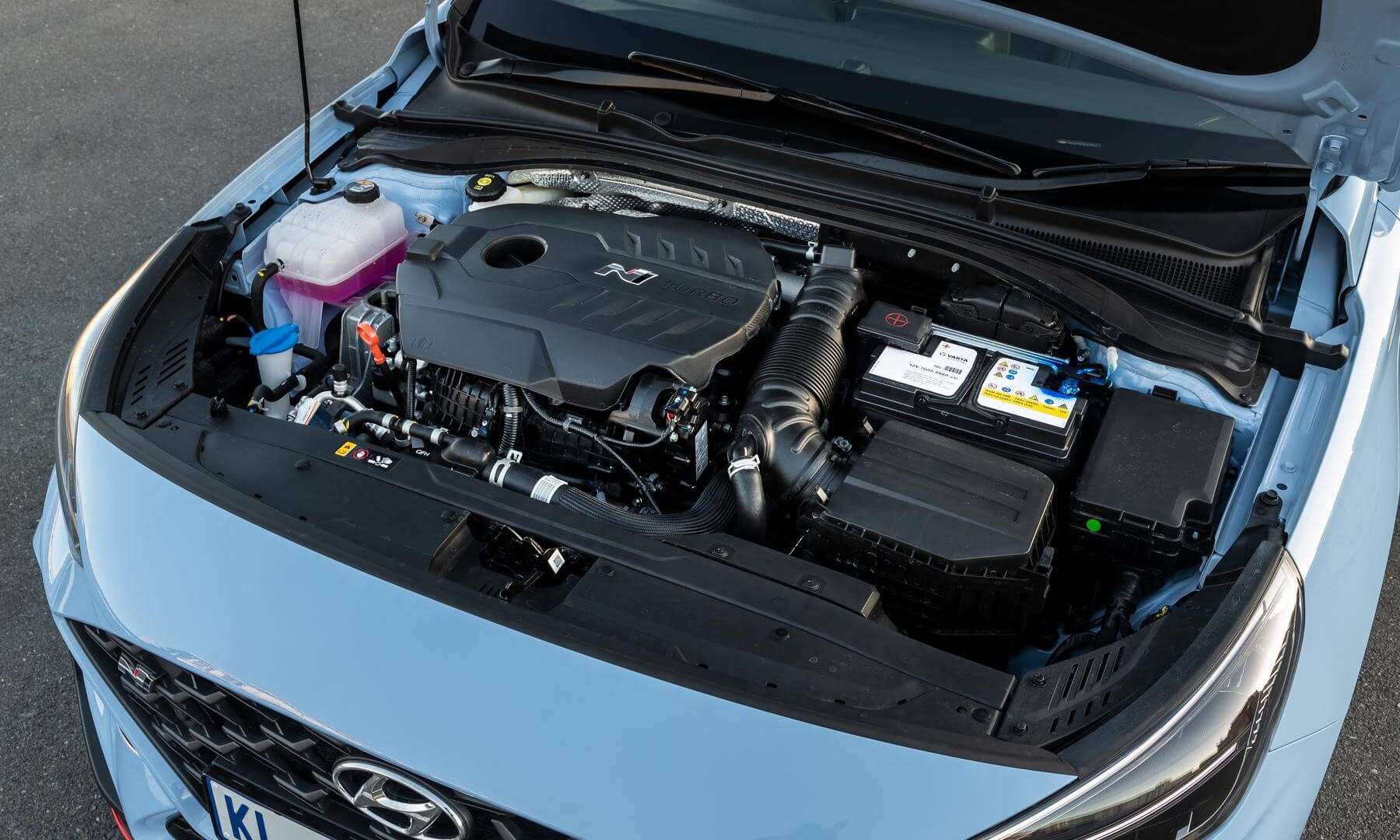Earlier this week Hyundai SA launched the all-new Kona into the SA market. The company took the opportunity to introduce the facelifted i30N as well. We were there to learn about and drive the revised hot hatch.
Hyundai introduced the i30N locally about two years ago. We drove the first N model to arrive in SA and walked away impressed. The car delivered on everything we had heard and read about it from international reports.
Follow Double Apex on Facebook and Instagram, where we share more car content.
Buy now and take advantage of free delivery in South Africa on orders over R349.
New appearance
Hyundai’s N division did not mess about with the winning recipe. Instead, it has gently honed what was already there. From a stylistic point of view the car has received quite a noticeable upgrade. We could tell you all about the changes, but the image below is a far clearer illustration of the alterations. Inside there is also the inclusion of a larger, 10,25-inch infotainment screen.
The one aspect that affects both the aesthetics and dynamics are the new alloys. These 19-inch items are the same size as before. However they now weigh a whopping 3,5 kg less per corner, for a 14 kg mass saving. Reducing the weight of a performance car is always a good idea, removing it from the unsprung mass is stellar.

Mechanical changes
Adding to the exterior changes is a little more power and a notable increase in torque. The facelifted i30N boasts a new turbocharger and larger intercooler. There has also been a reduction in the static compression ratio from 10 to 9,5:1 thanks to new pistons. These changes help bump up power from 202 to 206 kW, along with a 39 N.m increase in torque to 392 N.m
The facelifted i30N has the same powertrain as the recently launched Kona N which we drove and reported on here. Thankfully Hyundai’s engineers have decided not to silence the motor’s theatrics. It still pops and bangs on a trailing throttle.
No More Manual
The most notable change, from a mechanical standpoint, is the adoption of a twin-clutch transmission. The eight-speed unit is now the only option in the i30N. Other markets still offer a six-speed manual but research locally shows that a two-pedal car is the preferred choice of buyers. The new transmission still houses a limited slip differential (LSD).
Added power and a launch control function within the automated transmission means that the facelifted i30N can sprint from rest to 100 km/h in 5,4 seconds. That is a seven tenths improvement over the pre-facelift version. Top speed remains unchanged at 250 km/h.
Track time
When the i30N debuted in SA we were impressed by the fact that Hyundai SA let a group of journos loose on a racetrack with its new charge. The cars held up extremely well to the abuse meted out, as you can read about here. This time around we were allowed to drive the facelifted i30N around Killarney Raceway.
However, we were not allowed to attack the full track, but rather curtailed by a set of makeshift chicanes. This meant that we were forced to turn in tighter in some places that we usually would at Killarney. Normally that’d send a FWD turbocharged car ploughing on in a fit of understeer, but not the i30N which holds its line with dogged determination, thanks to the LSD and Pirelli P-Zero footwear. The brakes, too, took a pounding but held up well to repeated abuse.
On the road
The i30N has a hardcore demeanor, something that is evident on the road. The suspension is firm and so is the ride quality. But those are small prices to pay for the moment you arrive at an entertaining piece of tarmac such as Franschhoek Pass. Even in damp conditions the i30N is a hoot to pilot. It can nail every chosen apex and seldom loses traction under power.
I am a fan of manual performance cars and I think that removing the six-speed manual takes away a level of interaction and driver engagement. The DCT works a treat, but it’s so good that it leaves the driver with little to do. But that’s just me and most others will be happy to select cogs using the paddles.
Summary
Hyundai made no bones about it when it launched the N performance sub-brand. Products from this new division were aiming to be the best in the class and to take sales away from other established (read: European) players. In this regard the i30N proved to be an excellent foil for rival hot hatches.
In many international comparisons the Korean has come out on top, and it’s easy to see why once you’ve spent time behind the wheel. The facelifted i30N builds on the already exemplary base of the earlier version and we can only hope that enthusiast drivers experience this great product before making a buying decision.
Facelifted i30N price
R749 900







![[UPDATED] Mazzei Formula Five Is One Man’s Obsession](https://doubleapex.co.za/wp-content/uploads/2024/08/Mazzei-Formula-Five-500x383.jpg)
![Ferrari Amalfi Introduced as Roma’s Replacement [w/video]](https://doubleapex.co.za/wp-content/uploads/2025/07/Ferrari-Amalfi-500x383.webp)
![Koenigsegg Sadair’s Spear is a Limited-Edition Track Weapon [w/video]](https://doubleapex.co.za/wp-content/uploads/2025/07/Koenigsegg-Sadairs-Spear-rear-500x383.webp)
Leave A Comment